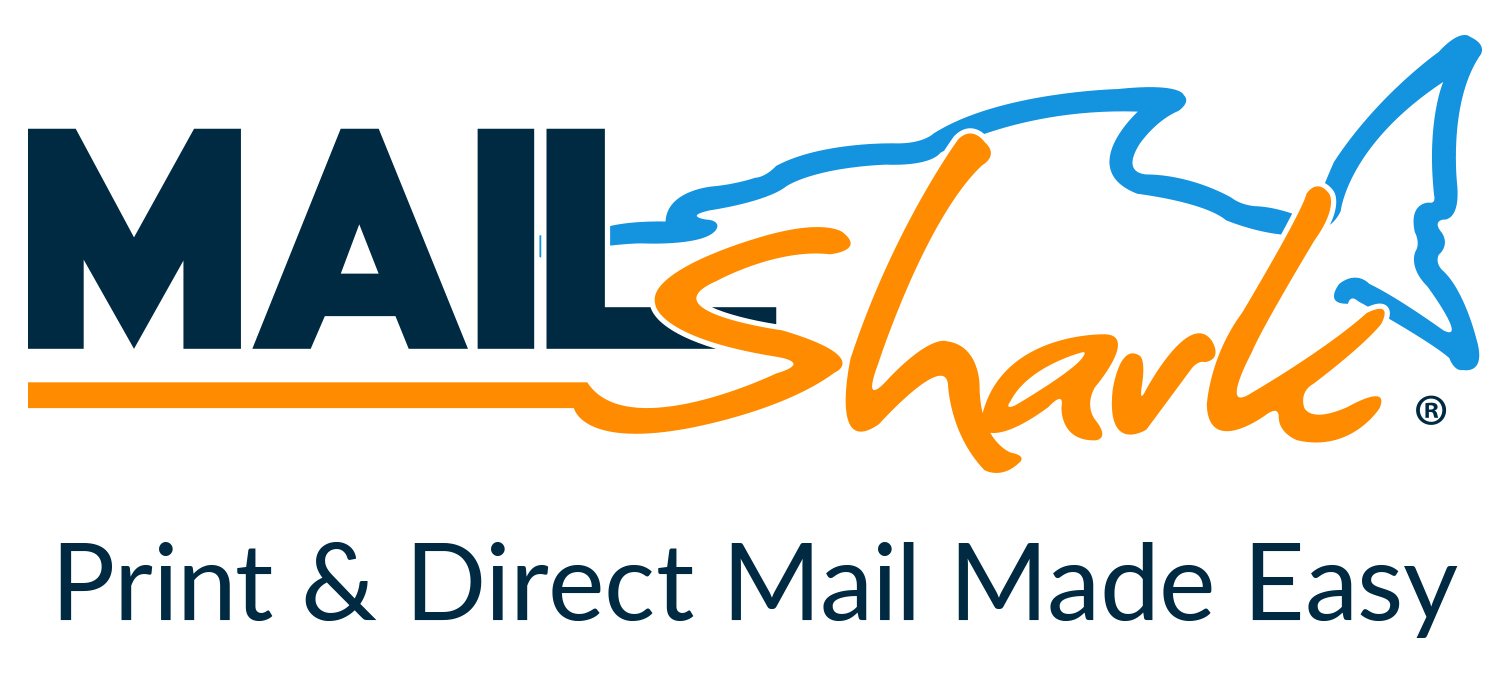where are the torque spects ?
-
Have you checked out Joe's Latest Blog?
-
By Joe Marconi in Joe's Blog5 commentsI recently spoke with a friend of mine who owns a large general repair shop in the Midwest. His father founded the business in 1975. He was telling me that although he’s busy, he’s also very frustrated. When I probed him more about his frustrations, he said that it’s hard to find qualified technicians. My friend employs four technicians and is looking to hire two more. I then asked him, “How long does a technician last working for you.” He looked puzzled and replied, “I never really thought about that, but I can tell that except for one tech, most technicians don’t last working for me longer than a few years.”
Judging from personal experience as a shop owner and from what I know about the auto repair industry, I can tell you that other than a few exceptions, the turnover rate for technicians in our industry is too high. This makes me think, do we have a technician shortage or a retention problem? Have we done the best we can over the decades to provide great pay plans, benefits packages, great work environments, and the right culture to ensure that the techs we have stay with us?
Finding and hiring qualified automotive technicians is not a new phenomenon. This problem has been around for as long as I can remember. While we do need to attract people to our industry and provide the necessary training and mentorship, we also need to focus on retention. Having a revolving door and needing to hire techs every few years or so costs your company money. Big money! And that revolving door may be a sign of an even bigger issue: poor leadership, and poor employee management skills.
Here’s one more thing to consider, for the most part, technicians don’t leave one job to start a new career, they leave one shop as a technician to become a technician at another shop. The reasons why they leave can be debated, but there is one fact that we cannot deny, people don’t quit the company they work for, they usually leave because of the boss or manager they work for.
Put yourselves in the shoes of your employees. Do you have a workplace that communicates, “We appreciate you and want you to stay!”
-
-
Similar Topics
-
By Changing The Industry
Episode 150 - Jimmy Purdy of The Gearbox Podcast on Evolving Business and Industry Challenges
-
By NATURE
Hey everyone. I'm planning on opening in about 3 weeks and am looking for a credit card processing company. Are there any geared for our type of business? Does anyone recommend Intuit for it's ease of integration with Quickbooks? I'll be doing around $10,000 a month in CC payments averaging $200.00 per RO. Payments are predominately Visa or Mastercard swiped. A very small percentage of Amex, Discover or over the phone. If there is a company name that a lot of you experienced members would recommend, I would like to hear it.
-
By Changing The Industry
Episode 142 - Defying The Odds & Forging New Paths With Ford Boss Me: Rich Poisso
-
By Joe Marconi
Premium Member Content
This content is hidden to guests, one of the benefits of a paid membership. Please login or register to view this content.

-
By carmcapriotto
Get a behind-the-scenes look at shop owner Tom Sciortino's new ADAS unit. Find out why he waited until now to purchase it, the learning curve with service information, why it is important to educate both the customers and local shops, and a step-by-step guide to how it works.
Tom Sciortino, Total Automotive, Buffalo, NY. Tom’s previous episodes HERE
Show Notes: Autel 900- ADAS unit plus it's an alignment machine We have to educate not only the consumers but the other shops, because any change in geometry, any change in the vehicle, you should at least confirm that it's in calibration. It may not always set a trouble code. Learning curve to find service information You have to be able to read service information and be able to follow procedures. Static and dynamic calibration Use the scan tool for the calibration process to access the computer system, scan the vehicle, and also communicate with the equipment to move the equipment up, down, and go ahead and do the adjustments There's also a screen up mounted high, so you can rotate that towards the car. It's a touchscreen so you don't have to keep coming behind the unit. The software walks you through the process step by step. It tells you what targets to set up, what steps to do on the equipment, what adjustments to make on the equipment, and walks you through it step by step. Documentation is huge because of the liability involved if someone gets into an accident. Digitally attach reports to work orders and take pictures with a tablet. Organize targets in cabinets with labels Lighting is crucial- changing the entire shop to LED and painting the ceiling
Thanks to our Partner, Dorman Products. Dorman gives people greater freedom to fix vehicles by constantly developing new repair solutions that put owners and technicians first. Take the Dorman Virtual Tour at www.DormanProducts.com/Tour
Connect with the Podcast:
-Join our Insider List: https://remarkableresults.biz/insider -All books mentioned on our podcasts: https://remarkableresults.biz/books -Our Classroom page for personal or team learning: https://remarkableresults.biz/classroom -Buy Me a Coffee: https://www.buymeacoffee.com/carm -The Aftermarket Radio Network: https://aftermarketradionetwork.com -Special episode collections: https://remarkableresults.biz/collections
Click to go to the Podcast on Remarkable Results Radio
-
-
-
Our Sponsors




.thumb.jpg.2b345efc275b9df0af2bbb306a10a78a.jpg)









Recommended Posts
Create an account or sign in to comment
You need to be a member in order to leave a comment
Create an account
Sign up for a new account in our community. It's easy!
Register a new accountSign in
Already have an account? Sign in here.
Sign In Now